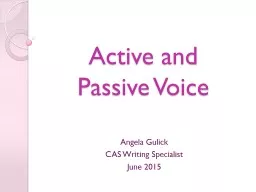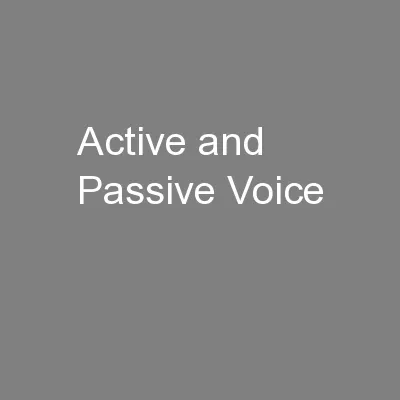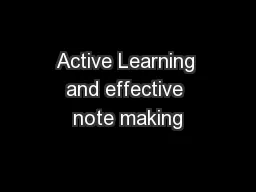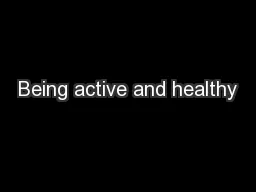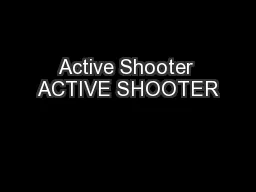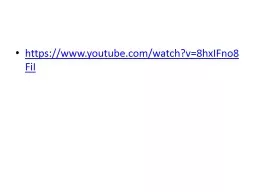PPT-Active and
Author : jane-oiler | Published Date : 2015-10-30
Passive Voice Angela Gulick CAS Writing Specialist June 2015 What Exactly Are Active and Passive Voice Anyway If you feel silly that you dont know the answer to
Presentation Embed Code
Download Presentation
Download Presentation The PPT/PDF document "Active and" is the property of its rightful owner. Permission is granted to download and print the materials on this website for personal, non-commercial use only, and to display it on your personal computer provided you do not modify the materials and that you retain all copyright notices contained in the materials. By downloading content from our website, you accept the terms of this agreement.
Active and: Transcript
Download Rules Of Document
"Active and"The content belongs to its owner. You may download and print it for personal use, without modification, and keep all copyright notices. By downloading, you agree to these terms.
Related Documents

